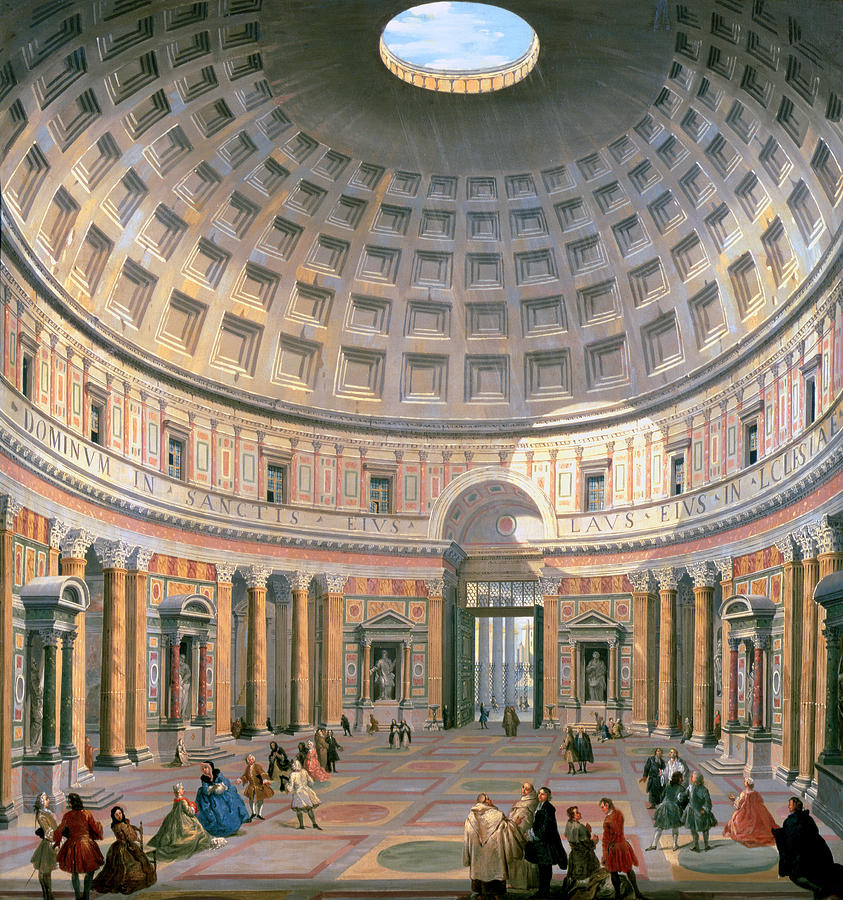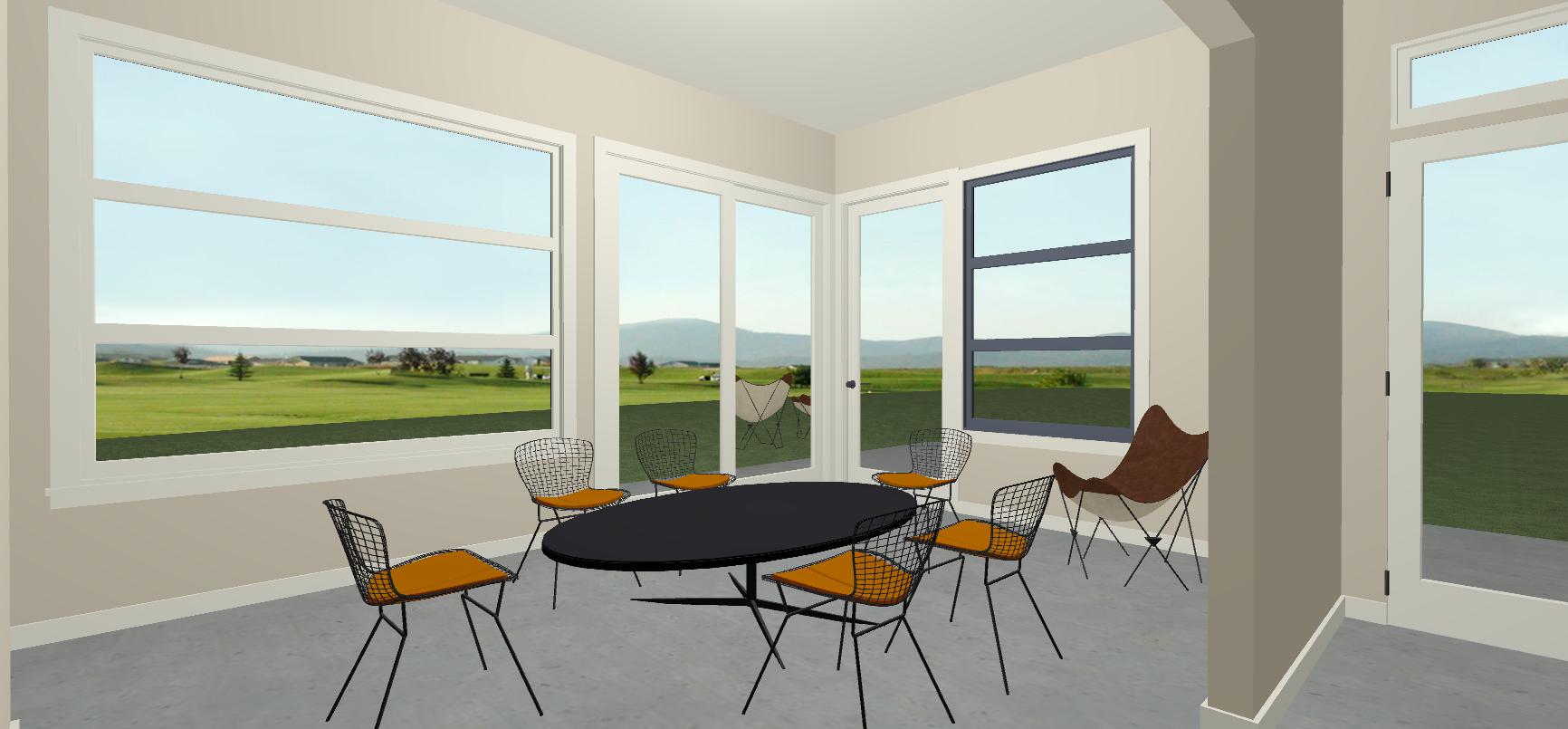October is National Architecture Month, also known in some circles as Archtober. To commemorate the month, I am going to post a brief post every day of the month.
You may have noticed that I have illustrated my Archtober posts with images that would fall into two broad categories: classical and modern. Or, I should more accurately say, Classical and Modern.
In addition to my training and years of experience practicing architecture, I am also trained as an architectural historian. I have a graduate degree in the History and Theories of Architecture.
I am a Modern architect. I like buildings consisting of strong forms, rendered simply, from a simple pallet of materials, focusing on function and light, relying on the characteristics of the materials to provide the decoration.

But I appreciate Classical architecture. Not only did I come of age as an architect when Modernism was being re-evaluated (buildings known as “Post-Modern” were all the rage), but I worked, on the side, briefly, for a dedicated Classical architect, Thomas Gordon Smith. At the time, he was working his way from a “post-modernism” mixture of modern and classical towards what became a full commitment to Classical architecture.
Through working on his projects, drawing interior elevations of one of his ultimately unbuilt house projects, I began to appreciate what Classical architecture has to offer. Having traveled and studied in Rome and London, and having traveled extensively through the UK, France, Germany, and Italy, just to name a few, I have visited and experienced the power of fine Classical buildings. The same can be true for my experience of fine Modern buildings.

I see the two as being like languages. I have studied German and Italian. At points in my life I have been able to “get by” in both languages. But I cannot say that I speak either language now. My relationship to Classical architecture is similar. I have studied it. I appreciate it. At times I can “get by” designing it, but I don’t speak it. Few do any more.
The richness of Classicism comes from the way space is arranged, shaped, exploited, and manipulated, and from the strict rules governing the use and manipulation of the decoration.
The richness of Modernism come from the way space is arranged, shaped, exploited, and manipulated, and from the way the spaces are defined and enriched by materials and light.
Both languages can provide solutions to contemporary architectural problems. I “speak” Modern, so I design in that language. I can get by in the traditional languages, more easily in Craftsman or Spanish Colonial than in full blown Classicism. But because we live where we do, I, like most any architect, has to speak Craftsman, Victorian, and a host of other design languages. It is what allows us to successfully add on to and remodel the homes where our clients live.

Because Modernism is my first language, so to speak, I approach the traditional languages from a Modern perspective. And we live in a world where we don’t and can’t build the way they used to – and honestly, you wouldn’t want us to. We are all better off building using the construction technologies and materials of today. And that means, in my mind, that we should build Modern.





